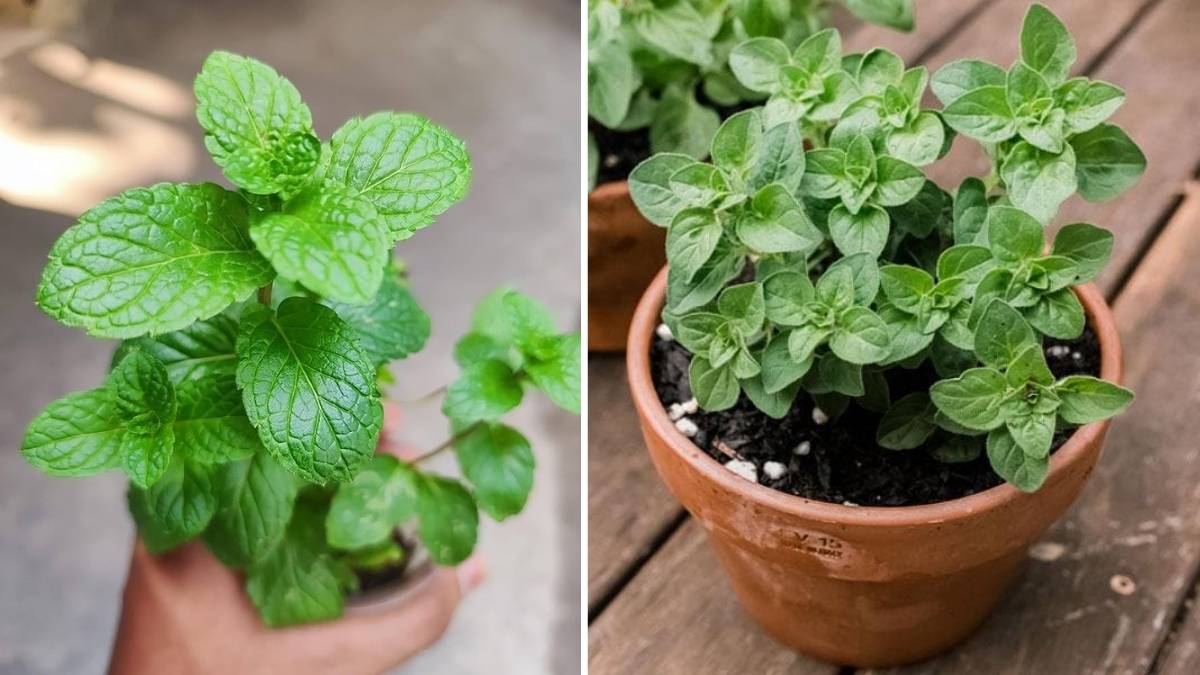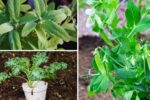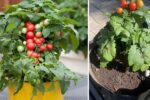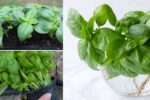Growing your own herbs can add flavor, fragrance, and a sense of accomplishment to your kitchen. Many herbs are easy to grow and require minimal attention, making them ideal for beginners or anyone looking for low-maintenance plants. Whether you have a small balcony, a sunny windowsill, or a backyard garden, there are plenty of herbs that can thrive with just a little care. Below, we explore eight herbs that are perfect for your kitchen garden, and how to grow them with minimal effort.
Why Choose Low-Maintenance Herbs for Your Kitchen Garden?
If you’re looking for an easy entry into gardening, herbs are your best bet. Not only do they add flavor and fragrance to your kitchen, but many are quite hardy and require little care. With the right herbs, you’ll find that they thrive with just a little water, sunlight, and the occasional pruning. Best of all, these herbs don’t need special attention, making them perfect for busy schedules.
1. Mint: The Unstoppable Herb
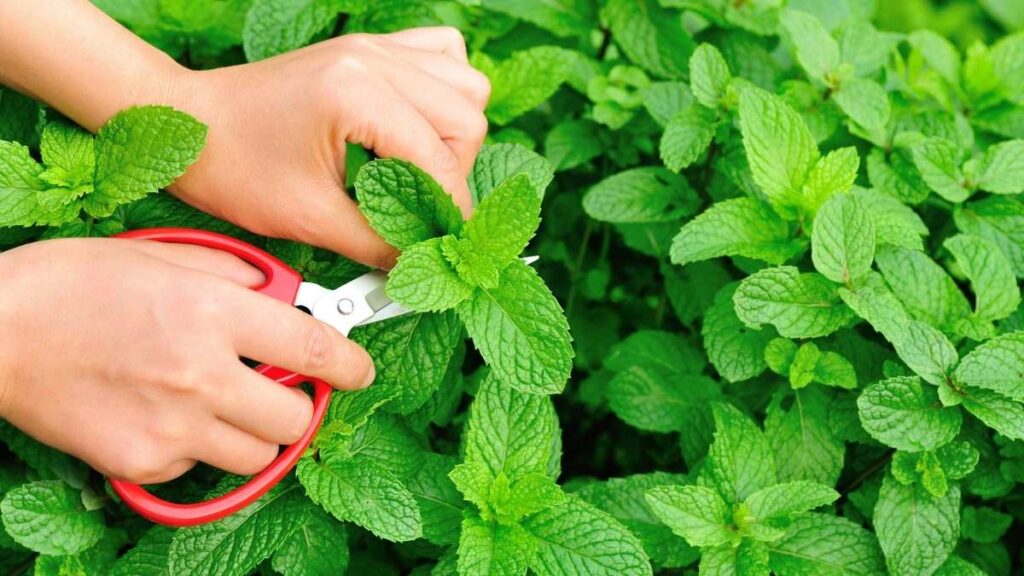
Mint is one of the easiest herbs to grow, and it’s nearly impossible to kill. It grows quickly, even in less-than-ideal conditions, and doesn’t mind being neglected for a few days. Just plant it in a container, because mint has a tendency to spread aggressively.
How to Grow Mint:
- Light: Full sun to partial shade
- Water: Keep the soil slightly moist
- Tip: Consider planting mint in a pot to keep it contained.
Mint is perfect for adding to teas, desserts, or even savory dishes like lamb or salads. Plus, it’s a natural pest repellent in your garden!
2. Rosemary: The Hardy, Fragrant Wonder
Rosemary is tough, drought-tolerant, and an herb that thrives in almost any setting. Once it’s established, it requires very little water and still grows beautifully. It’s also perfect for your kitchen since it pairs well with almost every Mediterranean dish.
How to Grow Rosemary:
- Light: Full sun
- Water: Once a week, but let the soil dry out between waterings
- Tip: Prune it regularly to keep it bushy and productive.
You can use rosemary for everything from marinades to roasted vegetables, and even in homemade bread.
3. Chives: A Quick Grower with Minimal Effort
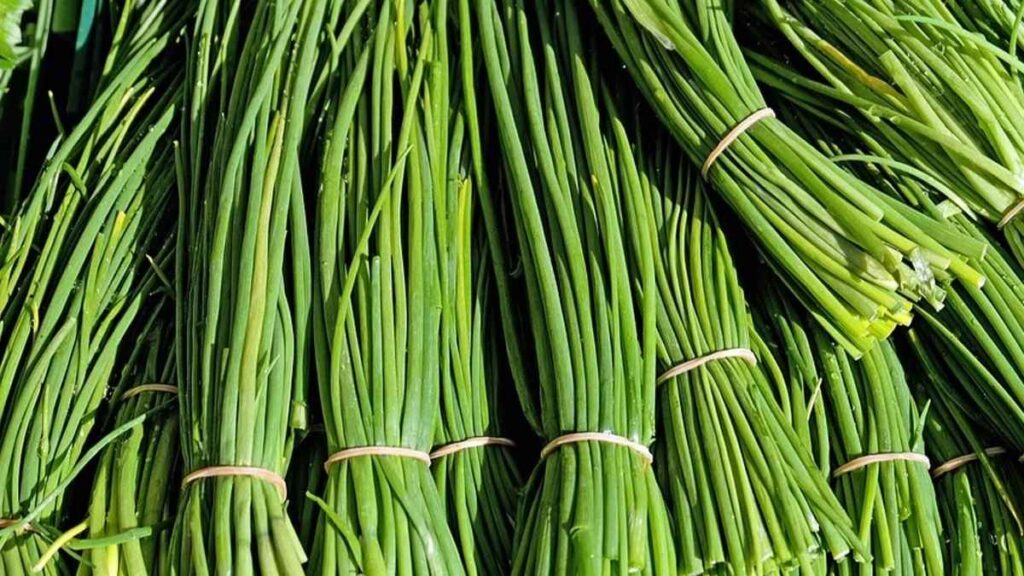
Chives are another low-maintenance gem. They are easy to grow, fast to sprout, and will continue producing year after year if you treat them right. All they need is a sunny spot and regular watering, and you’ll have fresh chives ready to sprinkle on your dishes.
How to Grow Chives:
- Light: Full sun to partial shade
- Water: Water regularly but don’t soak the soil
- Tip: Cut them back to keep them from flowering, as flowers can reduce leaf production.
Chives are great for garnishing salads, potatoes, and soups, and their mild onion flavor is a nice addition to many dishes.
4. Thyme: The Tolerant Herb
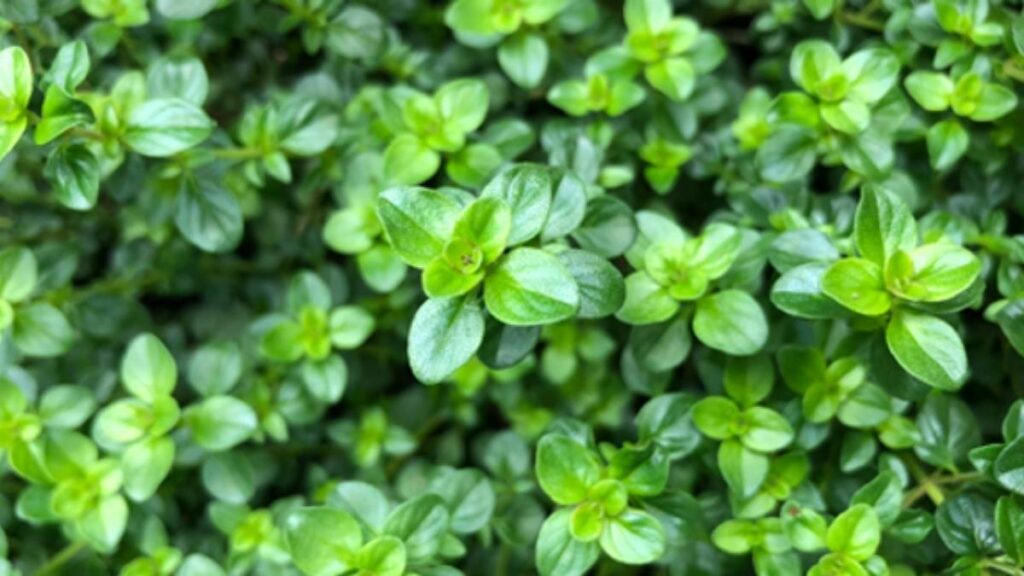
Thyme doesn’t need much attention to thrive. This herb is drought-tolerant and grows well even in poor soil, making it perfect for those new to gardening. Its small leaves pack a punch in flavor, and you can use it in almost any savory dish.
How to Grow Thyme:
- Light: Full sun
- Water: Water sparingly, once the soil is dry to the touch
- Tip: Trim thyme after flowering to promote healthy growth.
Whether you’re roasting meats or adding flavor to pasta, thyme’s versatility is a big bonus for your kitchen garden.
5. Oregano: The Mediterranean Must-Have
Oregano is another Mediterranean herb that thrives with minimal care. It grows best in dry, well-drained soil and doesn’t need much water once established. Oregano is a great herb to have on hand for pizza, pasta, and even grilled veggies.
How to Grow Oregano:
- Light: Full sun
- Water: Let the soil dry out between waterings
- Tip: Oregano prefers slightly alkaline soil, so consider adding some lime if your soil is acidic.
Once it’s established, oregano will continue to produce for years with little intervention.
6. Sage: The Stress-Free Herb
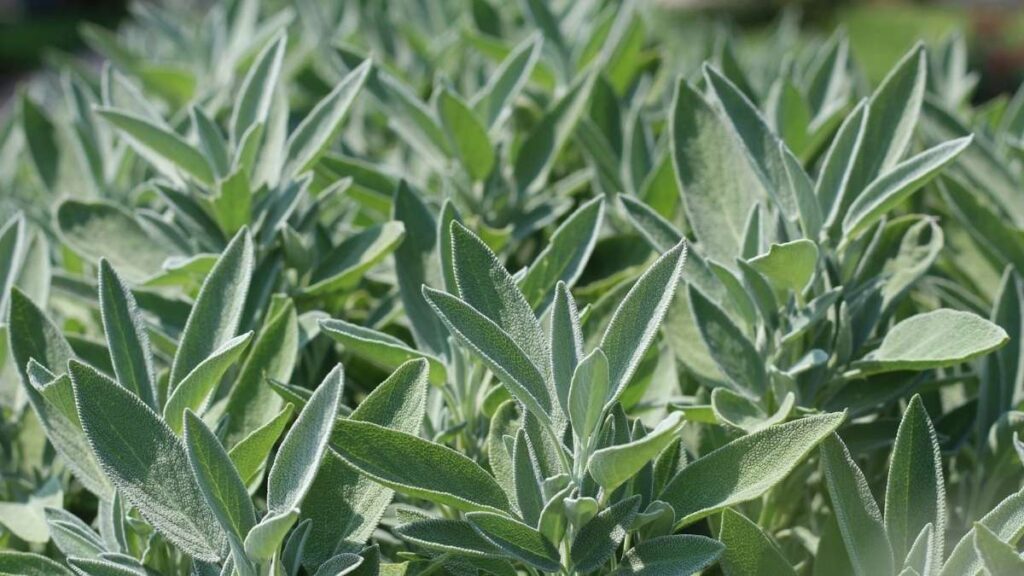
Sage is a slow-grower but a long-term keeper. It’s perfect for dry, sunny spots and thrives with very little water once it’s established. Sage adds an earthy, savory flavor to meats, especially poultry, and is also a great addition to stuffing.
How to Grow Sage:
- Light: Full sun
- Water: Water when the soil feels dry, but not too much
- Tip: Trim back dead stems in the fall to encourage fresh growth in the spring.
With its ability to handle the heat and neglect, sage is a no-fuss herb to keep around.
7. Parsley: A Cool-Weather Herb That’s Easy to Grow
While parsley can be a bit more finicky in hot weather, it thrives in cooler climates and requires minimal care once it’s growing. You can harvest it over and over again, making it one of the most productive herbs to have in your kitchen garden.
How to Grow Parsley:
- Light: Partial shade to full sun
- Water: Keep the soil moist, but not soggy
- Tip: Regular harvesting will keep parsley growing throughout the season.
Parsley is perfect for garnishing dishes, adding to salads, or mixing into sauces for a fresh burst of flavor.
8. Basil: The Low-Maintenance Superstar
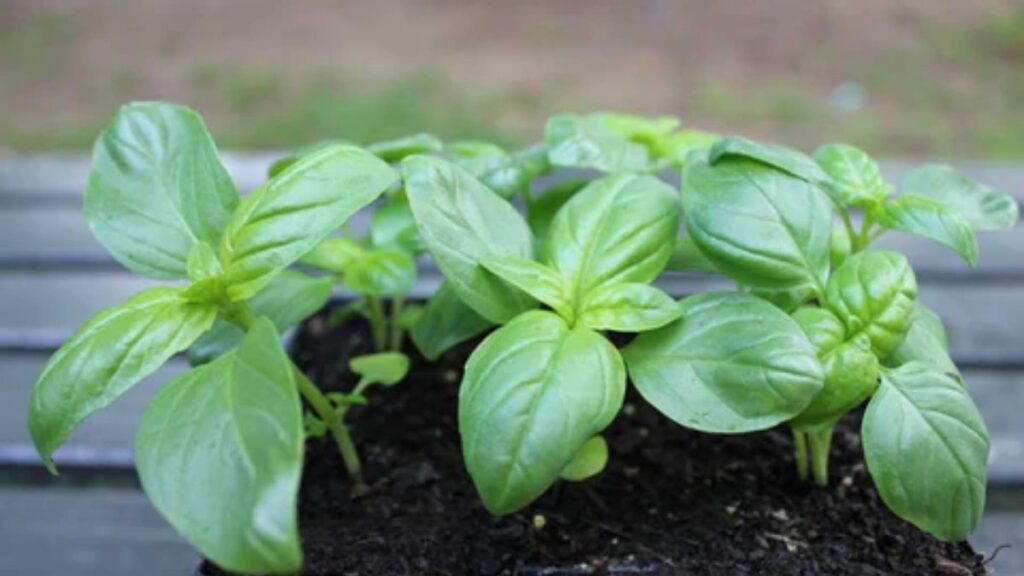
Basil may sound like a high-maintenance herb, but it’s actually quite easy to grow if you give it plenty of sun and a bit of water. It’s also a fast grower, so you’ll have fresh basil for your caprese salads, pasta, and pesto in no time.
How to Grow Basil:
- Light: Full sun
- Water: Keep the soil moist, especially in hot weather
- Tip: Pinch off the flowers to encourage more leaf growth.
If you’ve got a sunny window or a small garden space, basil is a great option for instant flavor.
Best Practices for Low-Maintenance Herb Gardens
Now that you know which herbs are the easiest to grow, here are a few quick tips to make your garden even more low-maintenance:
- Container Gardening: Many herbs do well in pots, which makes them easier to manage and move around.
- Group Herbs with Similar Needs: Make sure herbs that have similar light, water, and soil needs are planted together.
- Harvest Regularly: Pruning and harvesting will help your herbs grow more vigorously and prevent them from getting too leggy.
When to Harvest Your Herbs
For most herbs, it’s best to harvest early in the morning when they’re packed with flavor. Harvest regularly to encourage new growth, and avoid taking more than one-third of the plant at once, which can stunt its growth.
Conclusion
Growing a kitchen garden doesn’t have to be a complicated or time-consuming task. With the right herbs, you can enjoy fresh, homegrown ingredients with minimal effort. Basil, mint, thyme, rosemary, chives, oregano, parsley, and sage are all low-maintenance options that require little attention but offer big rewards in terms of flavor and fragrance. By following some simple growing tips and keeping a close eye on your plants, you can create a thriving herb garden that enhances your cooking all year round.

